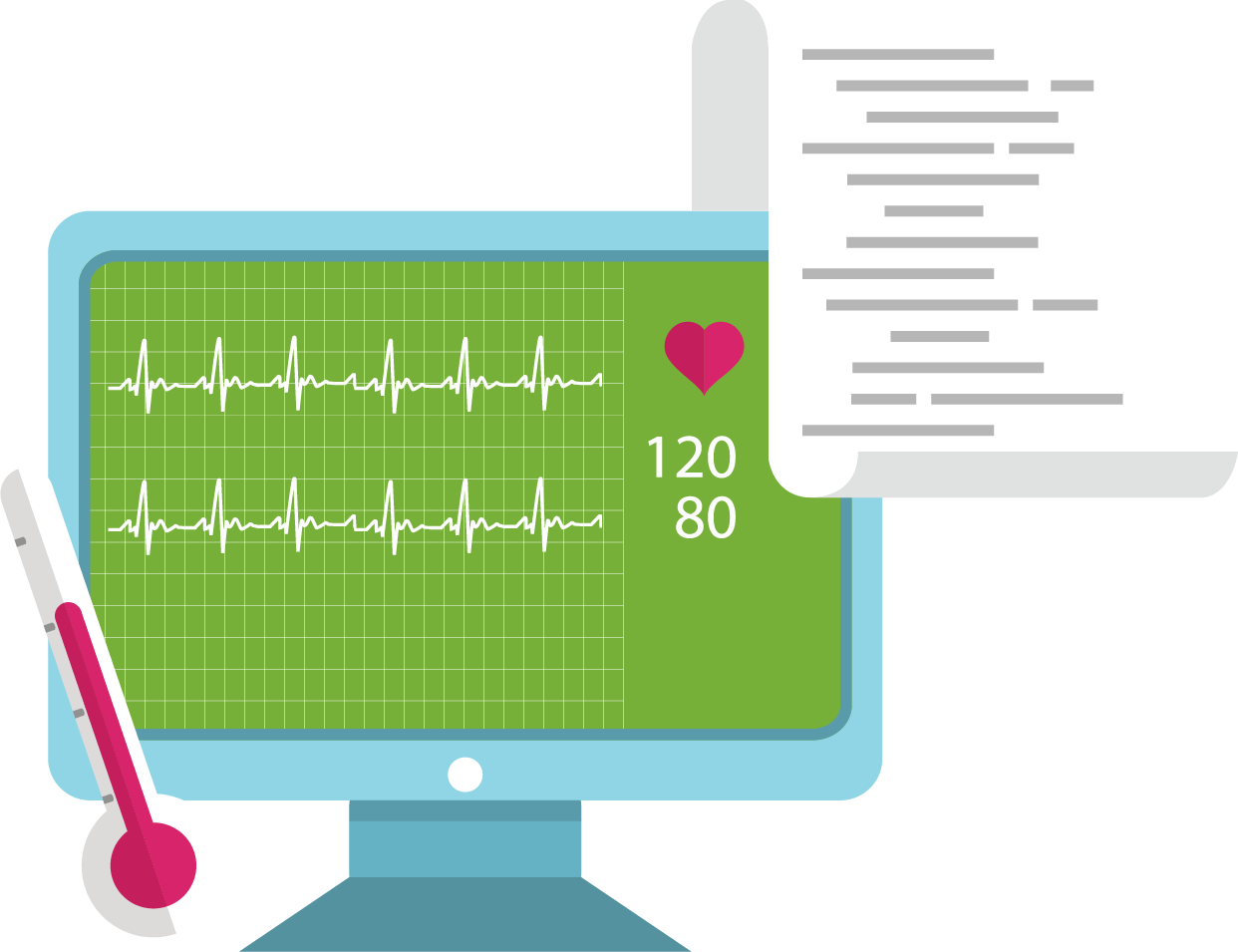Oops!
Well now this is embarrassing. The page you're looking for cannot be found.
Error Code: 404

OK, while I grab an AED and shock the server, try these steps to get you back on track:
- Check the URL, there might be a typo
- Try going back to the previous page and try again
- Alternatively, try navigating to the page you want from the Home Page.